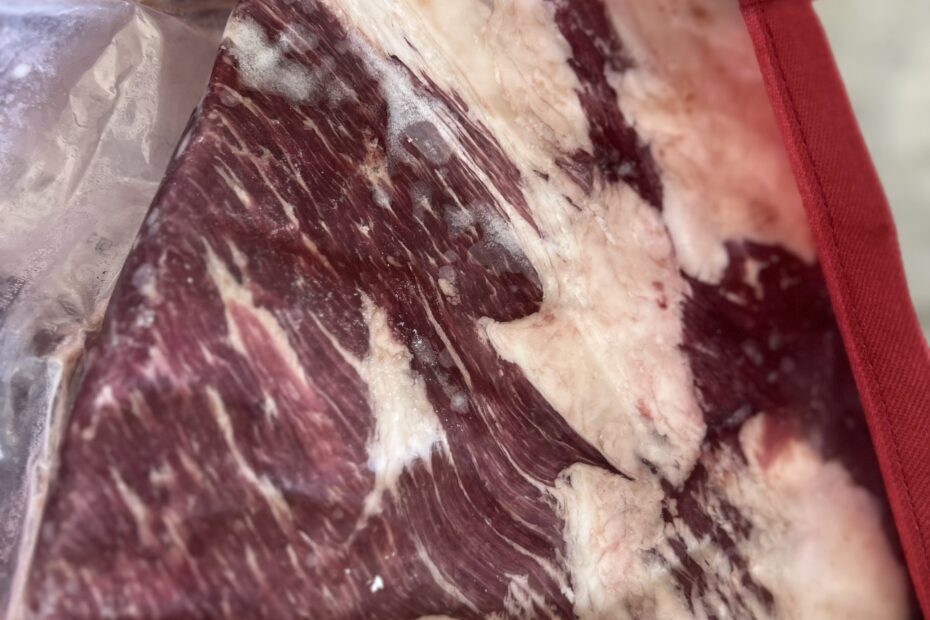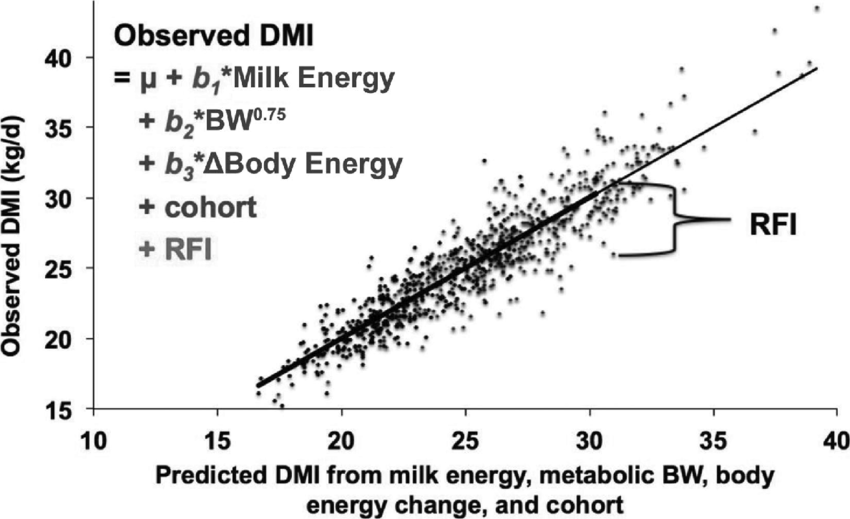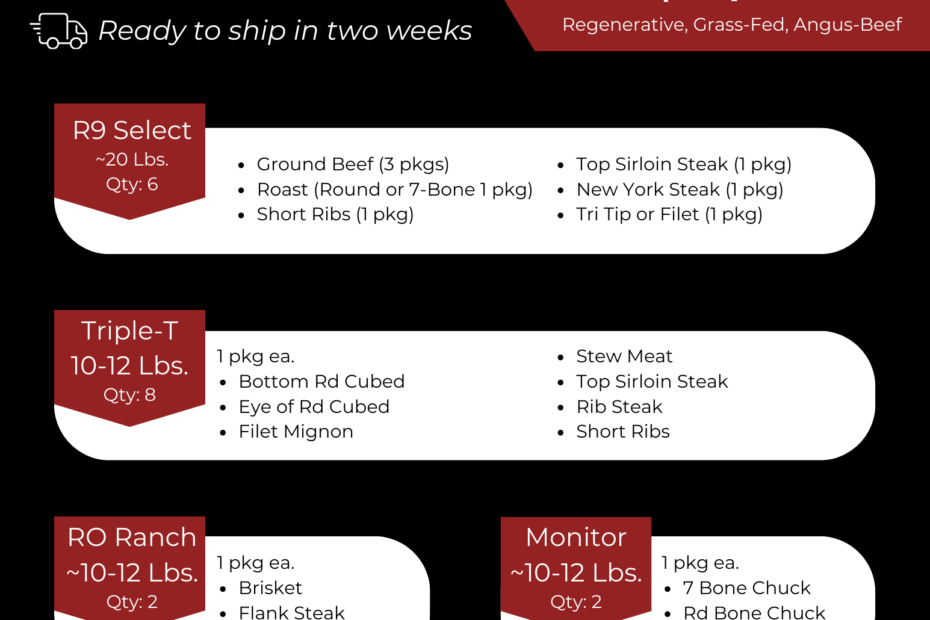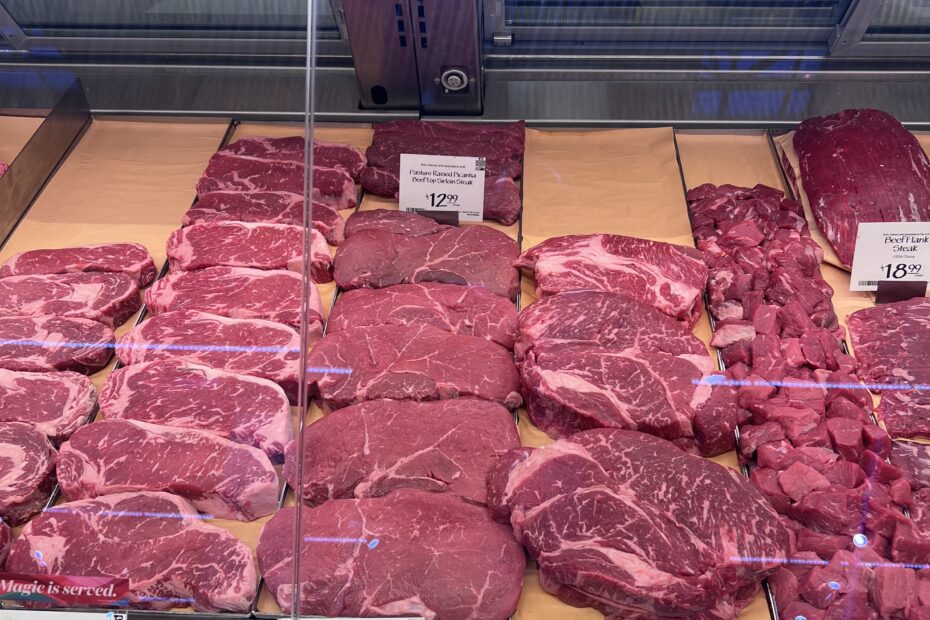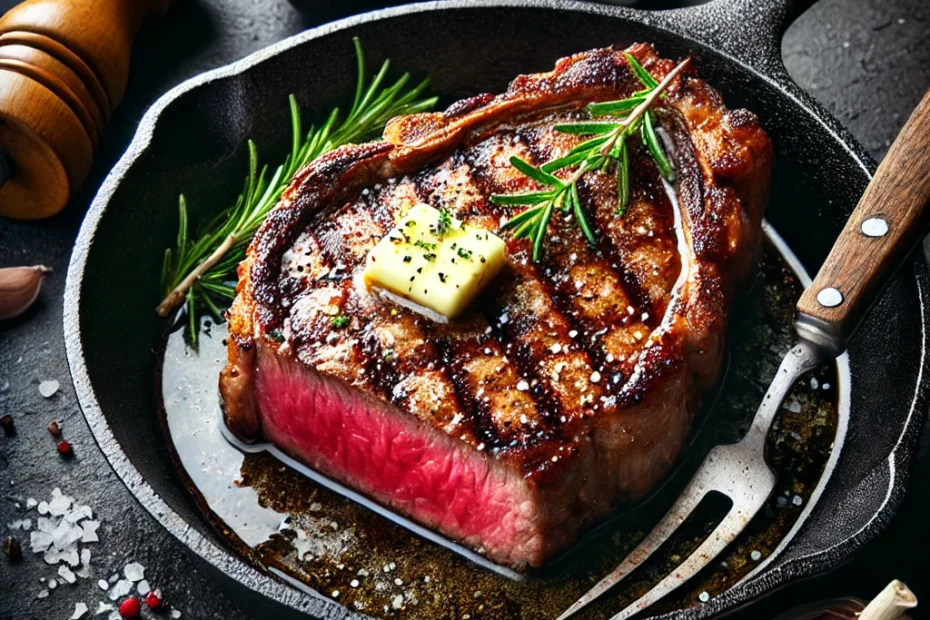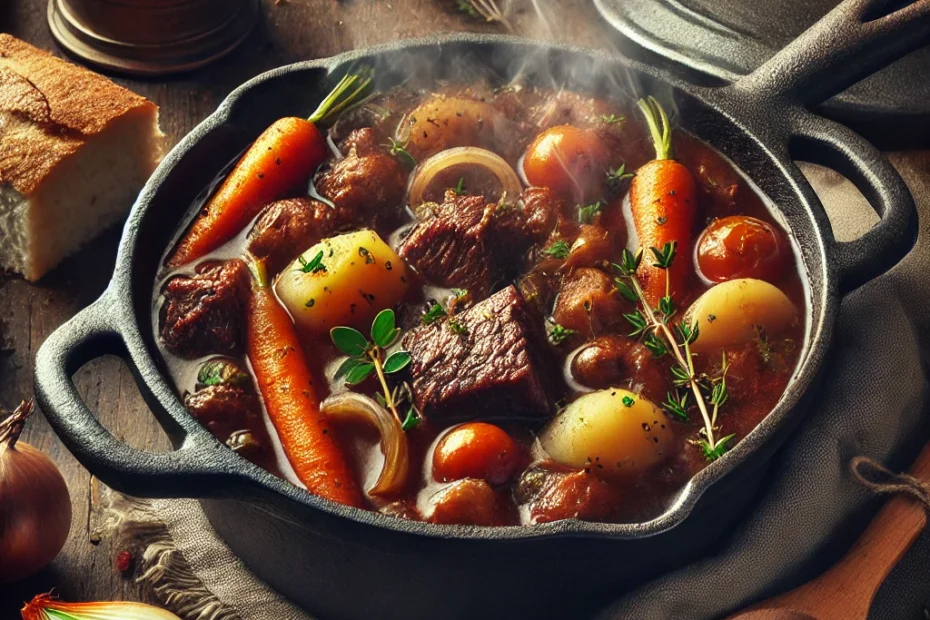The cattle industry is experiencing a quiet revolution in efficiency, driven by a sophisticated measurement called Residual Feed Intake (RFI). This breakthrough in cattle breeding allows ranchers to identify animals that simply do more with less.
Consider this real-world example: Two bulls of similar weight both gain 3.7 pounds per day. Traditional measures might suggest they’re equally efficient. However, RFI testing reveals that while one bull consumes 24 pounds of feed daily, the other maintains the same growth rate on just 21.5 pounds. That 2.5-pound daily difference adds up to substantial savings over time.
With feed costs representing up to 70% of total production costs, these efficiency improvements have massive impacts on profitability. “You’re talking $80 to $100 savings on the cow and another $100 to $125 on the steer,” explains Leo McDonnell, whose family pioneered RFI testing.
What makes RFI particularly valuable is its independence from other traits. Unlike traditional efficiency measures, selecting for improved RFI doesn’t negatively impact characteristics like fertility, milking ability, or frame size. This means ranchers can improve feed efficiency without sacrificing other traits they’ve worked hard to develop in their herds.
